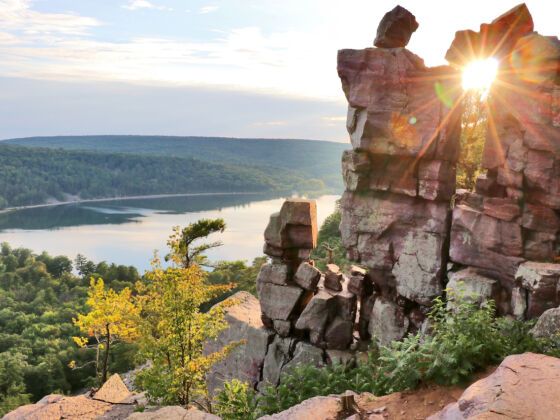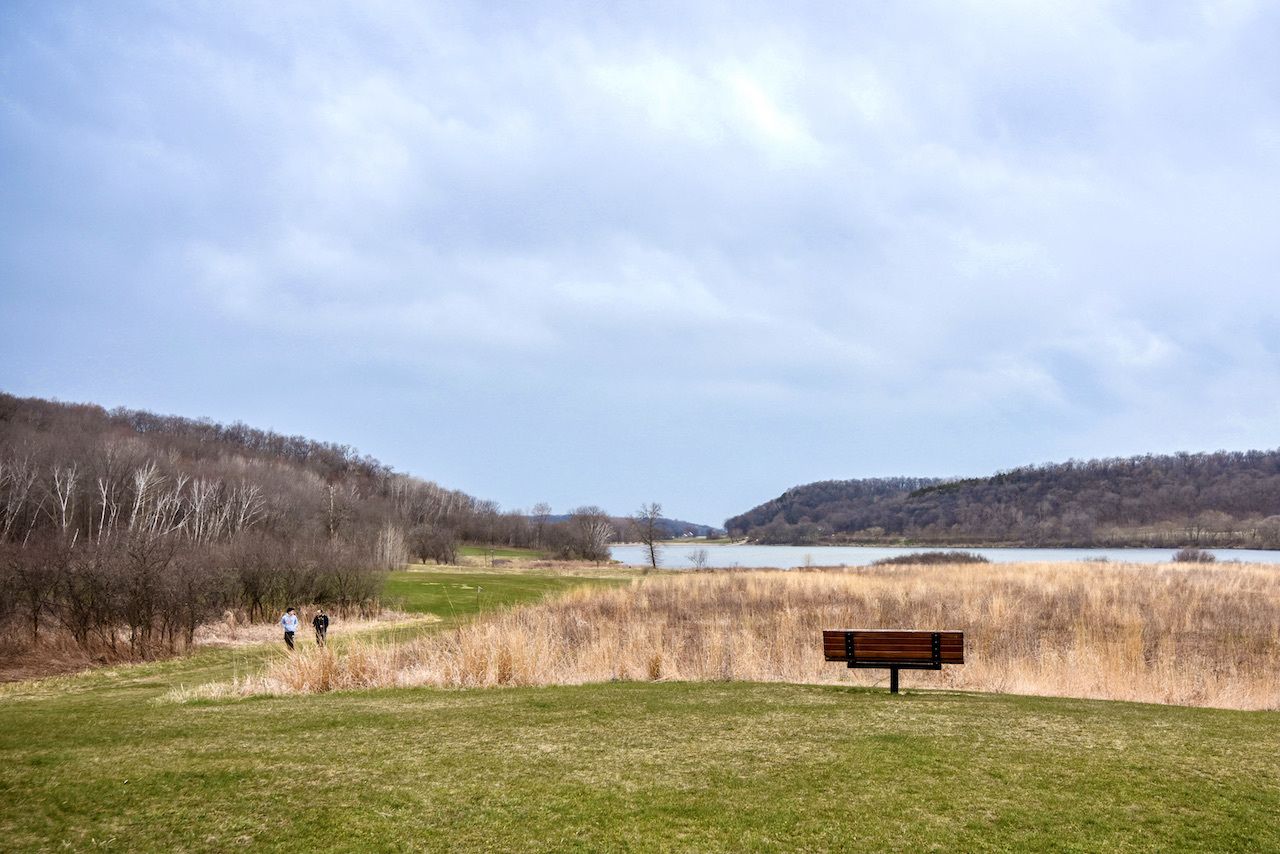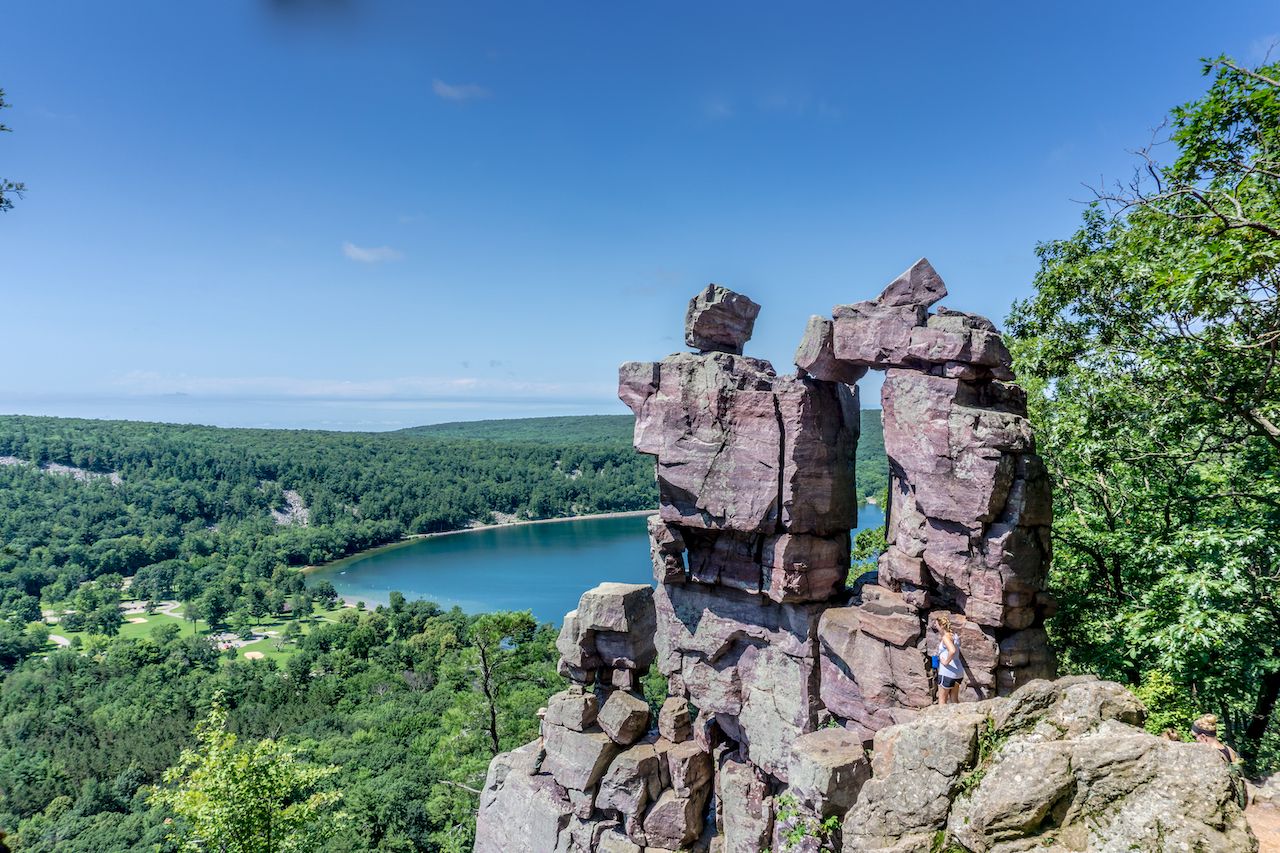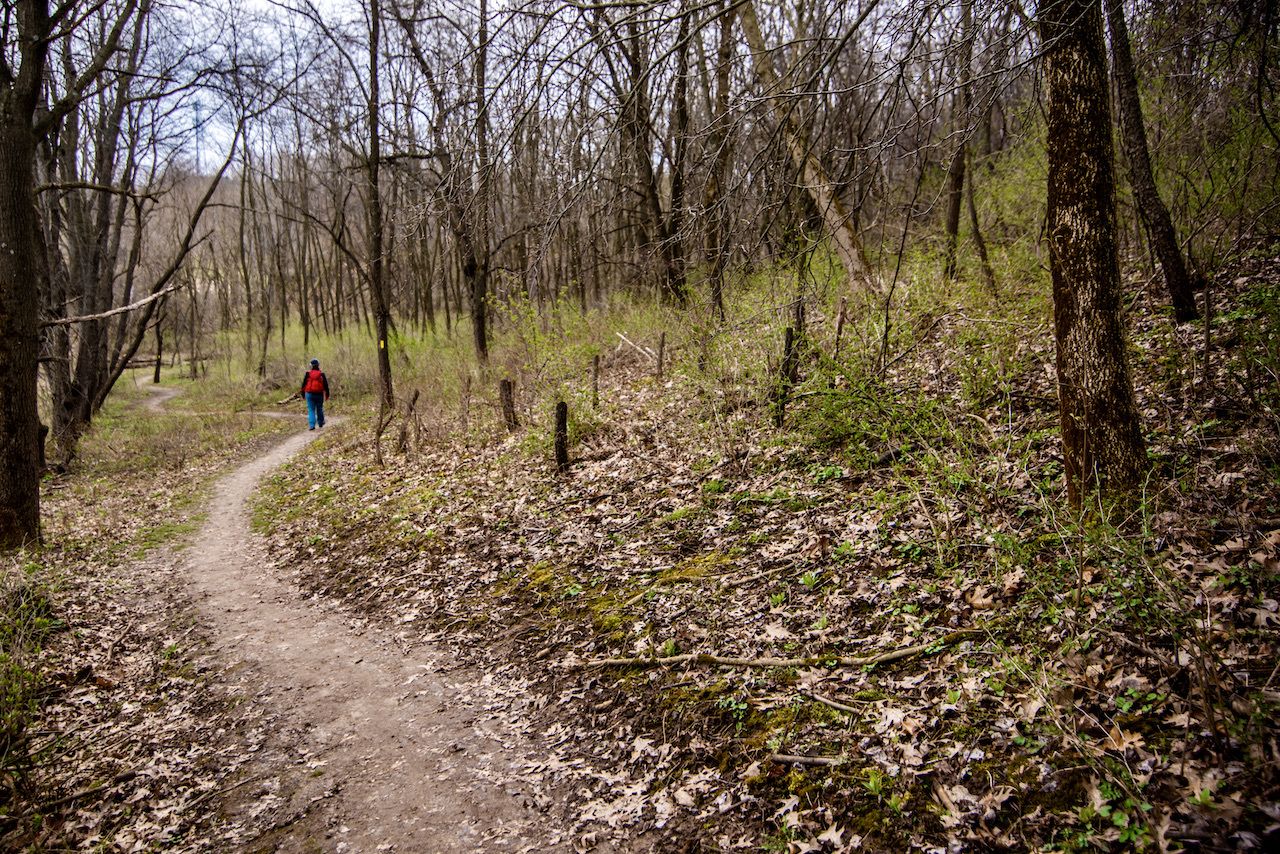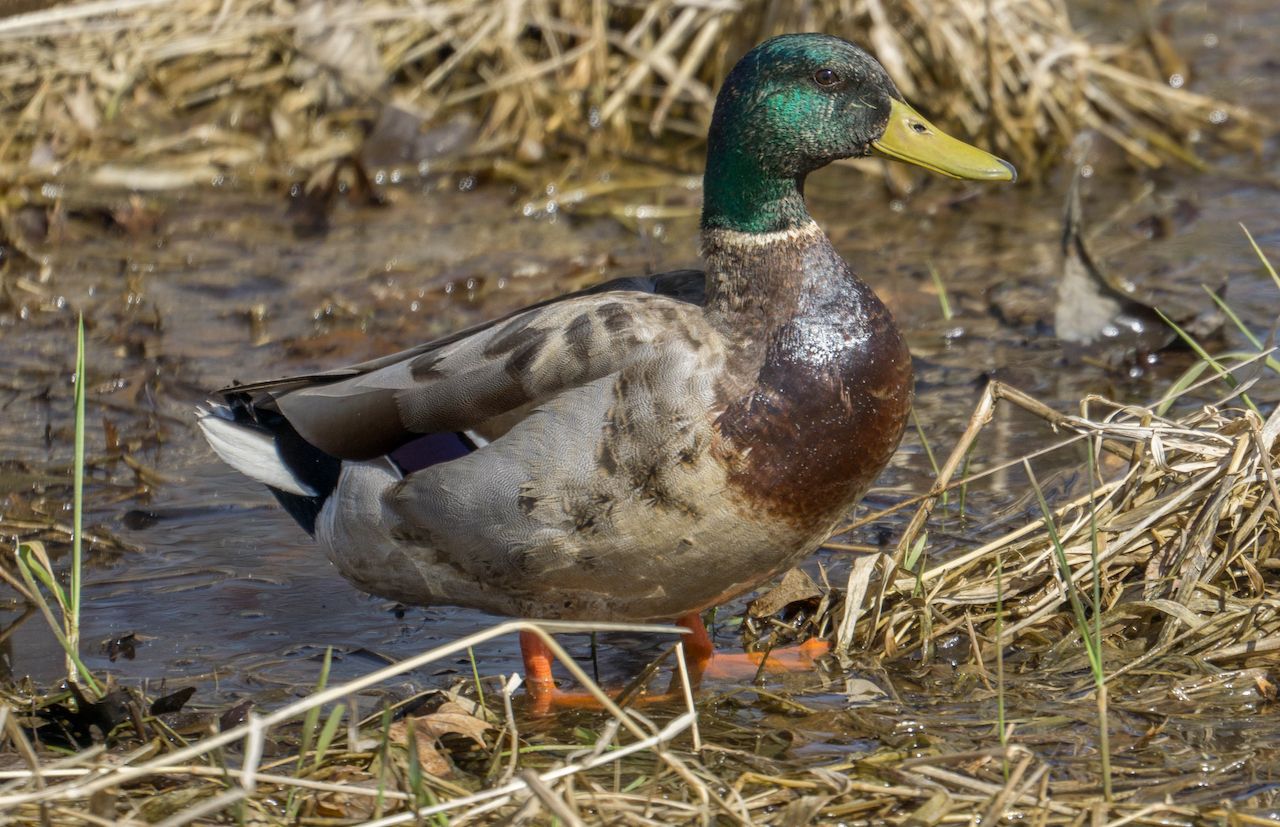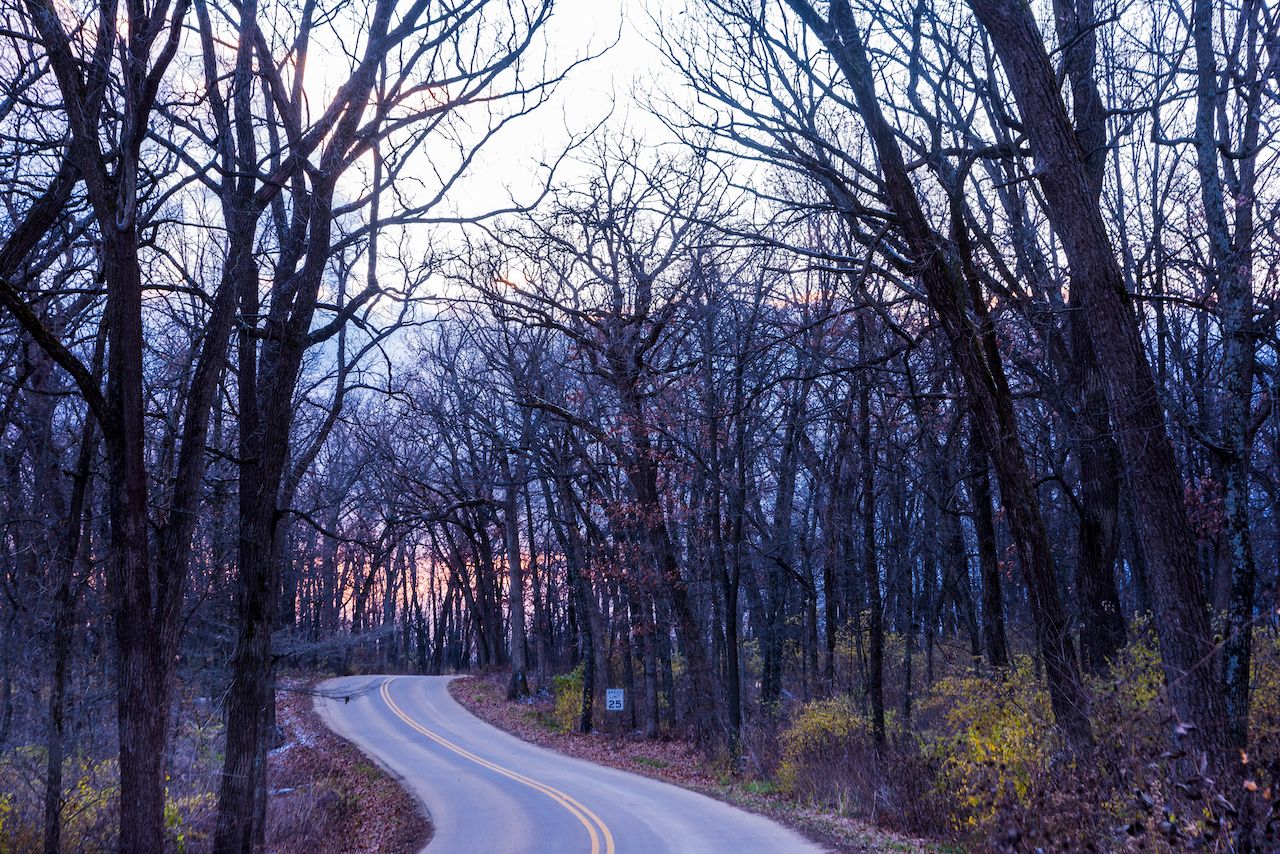Madison, Wisconsin, is an urban-hiking juggernaut — and not just by Midwest standards. It has 14 state parks within an hour’s drive, a National Scenic Trail running through the city limits, and a watery necklace of lakeside paths that form its borders.
Add in the Badger State’s underrated reputation, and there’s usually plenty of elbow room on the area’s best trails to go along with those lovely views. You may not be summiting mountains, but within an hour’s radius around the city, you’ll find yourself wandering scenes of ancient glacial havoc, stepping through dense hardwood forests, and stumbling upon jeweled lake after jeweled lake. Below are our favorites places to do just that.
